United States Clean Water Rule Quandary Begins On Land
EPA’s Clean Water Rule confronts deep-rooted farm resistance.
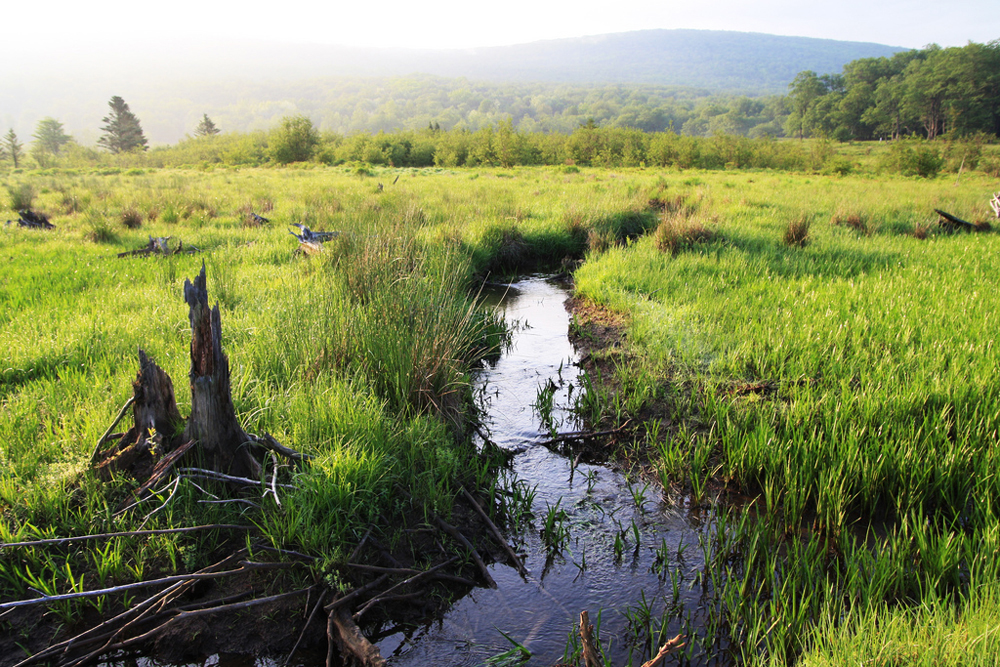
By Codi Kozacek
Circle of Blue
In March 2014, two United States agencies charged with stemming pollution in the nation’s waters proposed a 2-page rule change in federal clean water regulations, a change based on more than 1,000 scientific studies, that was meant to clear up years of legal muddiness in defining which small streams and wetlands fell under government regulation.
Eleven months later, the proposed change has spawned one of the most ferocious political clashes in the new Congress. The opposing sides are battling over whether to apply the 43-year-old Clean Water Act, the nation’s primary water pollution control statute, to countless small streams and tens of thousands of wetlands not currently under federal jurisdiction.
–Don Parrish
Senior director of regulatory relations
American Farm Bureau
Proponents of the proposed new Clean Water Rule, including conservation and public health groups like the Natural Resources Defense Council and Clean Water Action, say that it will take nearly 2 million stream miles out of regulatory uncertainty and guarantee that contamination can be curtailed under the Clean Water law. Opponents, including the American Farm Bureau Federation and the American and Transportation Builders Association, accuse the government of a “land grab” that could impose regulatory burdens on farmers and developers over areas that they argue don’t even look like streams or wetlands.
The fury over the proposal, developed by U.S. Environmental Protection Agency and the U.S. Army Corps of Engineers, reflects long-standing tension about how to keep the nation’s waters safe. Action to address water pollution and the new conditions of the 21st century are running headlong into resistance to new land use regulations and property rights.
“We consider this an extreme overreach,” Don Parrish, senior director of regulatory relations for the American Farm Bureau, told Circle of Blue. “We need a rule where the EPA can’t regulate land. We definitely need them propose something that is very clear in its limits and complies with both the intent of Congress and the Supreme Court rulings.”
The Clean Water Act’s Jurisdiction in Question
The 45-year-old Clean Water Act proved its effectiveness by limiting pollution that reached the nation’s major water bodies – lakes, rivers, and harbors. But the improvements in water quality have reached a plateau over the last decade, and in many parts of the country water quality is deteriorating, according to federal and state monitoring. One reason is the influx of pollutants from land that drain into small streams and wetlands throughout large watersheds and can accumulate downstream in major waterbodies. Another reason, say environmental groups, is that the government’s jurisdiction to limit pollution in those areas is not clear.
–Jon Devine
Senior attorney
Natural Resources Defense Council
In practice, both sides agree, the Clean Water Act’s application to small streams and wetlands has been so inconsistently interpreted by the courts in the past 15 years that no one—not the Environmental Protection Agency, not conservation groups, not the community of regulated developers, builders and farmers—seems to know which bodies of water it protects and which ones are beyond its reach. The result has been a timely and costly enforcement process. Many alleged infractions are dragged through the courts on a case-by-case basis to determine if the affected waterway is a “water of the United States” and therefore subject to regulation.
Last year, the EPA and the U.S. Army Corps of Engineers proposed the Clean Water Rule in order to clarify their jurisdiction. Relying heavily on a review of 1,200 scientific papers, the proposed rule reflects a straightforward conclusion: small waterways and wetlands upstream, even if they don’t flow year-round, significantly affect the water quality of larger rivers and lakes downstream and should therefore be protected.
The fierce contest over the rule comes at a time when new instances of dangerous water pollution in the United States are in the public spotlight. In the last year alone, a chemical spill in West Virginia shut down drinking water supplies for the state capital. The businessmen who managed the company responsible for the spill have been indicted by the Justice Department. Thousands of tons of coal ash spilled into a river in North Carolina and executives of Duke Energy, the company responsible for the spill, were prosecuted by the Justice Department and could pay more than $US 100 million to settle.
At the same time federal agencies are considering the Clean Water Rule, they are also being pressed in an important federal court case to acknowledge the need for specific, numeric limits on nutrient pollutants like phosphorus and nitrogen In concert with the Clean Water Rule, the court action, if successful, would apply the Clean Water Act to a class of pollutants that it has long overlooked: diffuse nonpoint sources from farm fields and parking lots that collectively cause massive algal blooms and dead zones in downstream waters (see sidebar).
Pollution problems stemming from a chronic failure to address nonpoint source pollution also surfaced in the past year. Toxic algal blooms fertilized by nonpoint sources in the Lake Erie Basin last August poisoned drinking water for nearly half a million people in Toledo. Des Moines, Iowa, faced with the growing costs of treating nitrate pollution from agribusiness, sued its surrounding counties in January. In early February, the multi-agency Hypoxia Task Force in the Mississippi River Basin announced that it is pushing back its goal for reducing the nutrient pollution-fueled Gulf of Mexico Dead Zone by 20 years—a goal it originally set for this year.
“You don’t need to look very far back in the news to see how fragile our surface water supplies are,” Jon Devine, senior attorney for the Natural Resources Defense Council, told Circle of Blue. “We’ve had a number of high profile water pollution incidents, a couple of which resulted in major metropolitan areas not having drinking water supplies for days on end. When you consider that one in three Americans get drinking water from systems that draw at least some of their supplies from these small headwater or intermittent and ephemeral streams, you know it only makes sense to protect them.”
Court Decisions Confuse Clean Water Act Jurisdiction
The federal Clean Water Act begins with a basic statement of intent: “To restore and maintain the chemical, physical, and biological integrity of the Nation’s waters.” Throughout much of the law, the nation’s waters are referred to as “navigable waters”, which is defined in only one section of the law as “the waters of the United States.” The definition served to guide regulatory agencies for 43 years. In numerous court cases it was determined that water bodies, even if they were not navigable, fell under the law’s protection if they significantly affected the quality of navigable waters.
–EPA report on connectivity of waterways
Two U.S. Supreme Court rulings in the past 15 years, however, challenged that long-held assumption. The first, in 2001, determined that isolated and non-navigable wetlands or ponds were not protected just because migratory birds used the waters. Instead, the ponds and wetlands needed to also have a “significant nexus,” or connection, with navigable waters. The second decision, in 2006, held that the law covers “relatively permanent” streams, though some seasonal or ephemeral streams—those that cease to flow in dry periods—could also fulfill the requirements for Clean Water Act protection.
“The Court’s decisions are, frankly, all over the place,” Devine said. “That is especially true with respect to the second decision, which produced a number of different opinions and no majority opinion. The rules that the agencies and the regulated entities need to go by today are really unclear.”
Clean Water Rule Protects Intermittent Streams and Wetlands
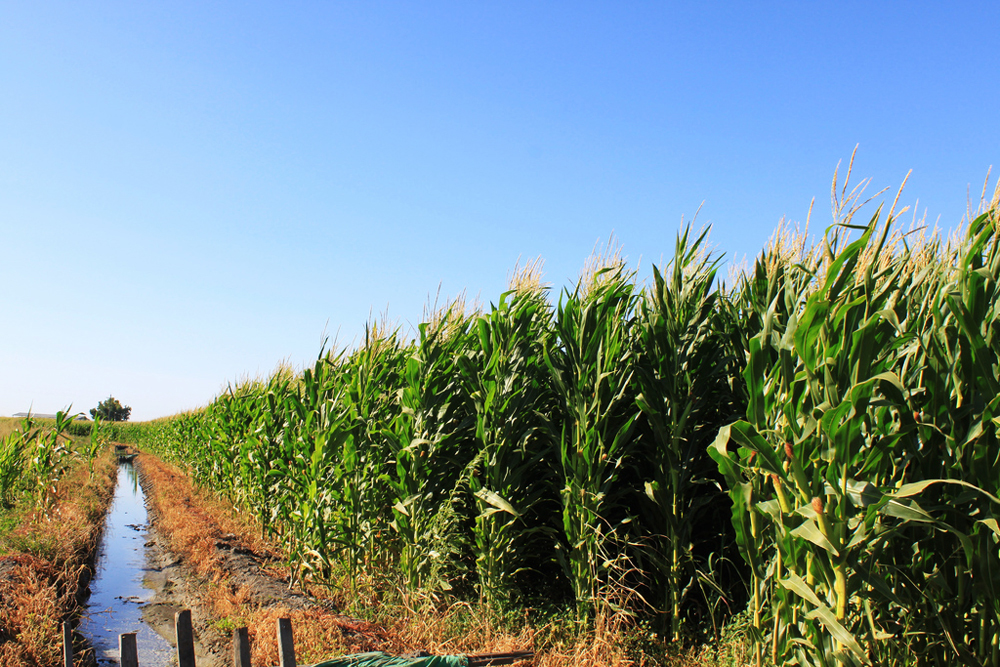
To clear up the ambiguity and incorporate the new court ruling, the EPA and the U.S. Army Corps of Engineers decided in March 2014 to define the term “waters of the United States.” The rule explicitly lists which categories of waterways are included under the law’s jurisdiction. Most notably, it includes “all tributaries” of navigable waters and “all waters, including wetlands, adjacent” to navigable waters. It also states that isolated wetlands and ponds may also be protected if they have a significant connection to navigable waters.
The agencies support these categorical determinations with a report completed by the EPA’s Office of Research and Development. The report analyzed 1,200 peer-reviewed scientific papers on the topic and was itself reviewed by 38 experts in and outside federal agencies.
“The evidence unequivocally demonstrates that the stream channels and riparian/floodplain wetlands or open waters that together form river networks are clearly connected to downstream waters in ways that profoundly influence downstream water integrity,” the government report concludes.
“The science shows that streams and nearby wetlands are critical to downstream water quality,” Devine said. “The science confirms that hands down. Going through this very narrowly focused process in which we look at water bodies in a vacuum when they don’t operate in a vacuum, the rule would end that silly practice and instead guarantee protection for those kinds of resources.”
Concern About Water Regulations On Farms
Agriculture groups opposed to the rule are not convinced. They worry that the language of the rule, particularly the sections defining terms such as “tributary” and “adjacent,” could be manipulated by regulators or private citizens to bring pollution charges against farmers for fertilizing, plowing, or building fences, despite existing exemptions for those activities that are clearly stated in other sections of the Clean Water Act. They contend that federal jurisdiction should only cover “navigable waters”—a major benchmark in the law’s original language.
“In terms of what we’d like to see for a rule, we recognize that we need one, just not this one,” the American Farm Bureau’s Parrish said.
He added that concerns about land use regulation have largely been dismissed by the EPA and the rule’s proponents as gross exaggerations, which eroded goodwill with groups like the Farm Bureau.
“I would also argue that during this process the EPA moved well out of the realm of being an impartial arbiter in the rulemaking process into being advocates for their rulemaking,” Parrish said. “Have you ever seen an agency criticize the agricultural community, or any community, and claim that their concerns are myths? If they didn’t understand what our concerns were, we’d be happy to explain that to them, and we did and they didn’t take them very seriously.”
The opposition groups, though, have allies in the U.S. House of Representatives and the U.S. Senate. The House passed a bill last September that would prevent the agencies from implementing or enforcing the Clean Water Rule, but the bill never passed the Democrat-controlled Senate. A similar bill was reintroduced at the end of January.
A news correspondent for Circle of Blue based out of Hawaii. She writes The Stream, Circle of Blue’s daily digest of international water news trends. Her interests include food security, ecology and the Great Lakes.
Contact Codi Kozacek


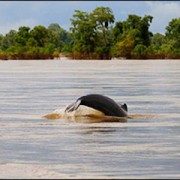
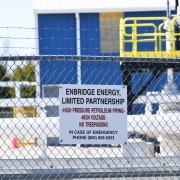

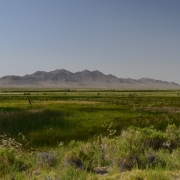

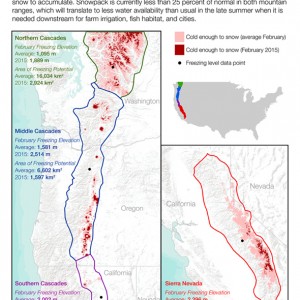

Leave a Reply
Want to join the discussion?Feel free to contribute!